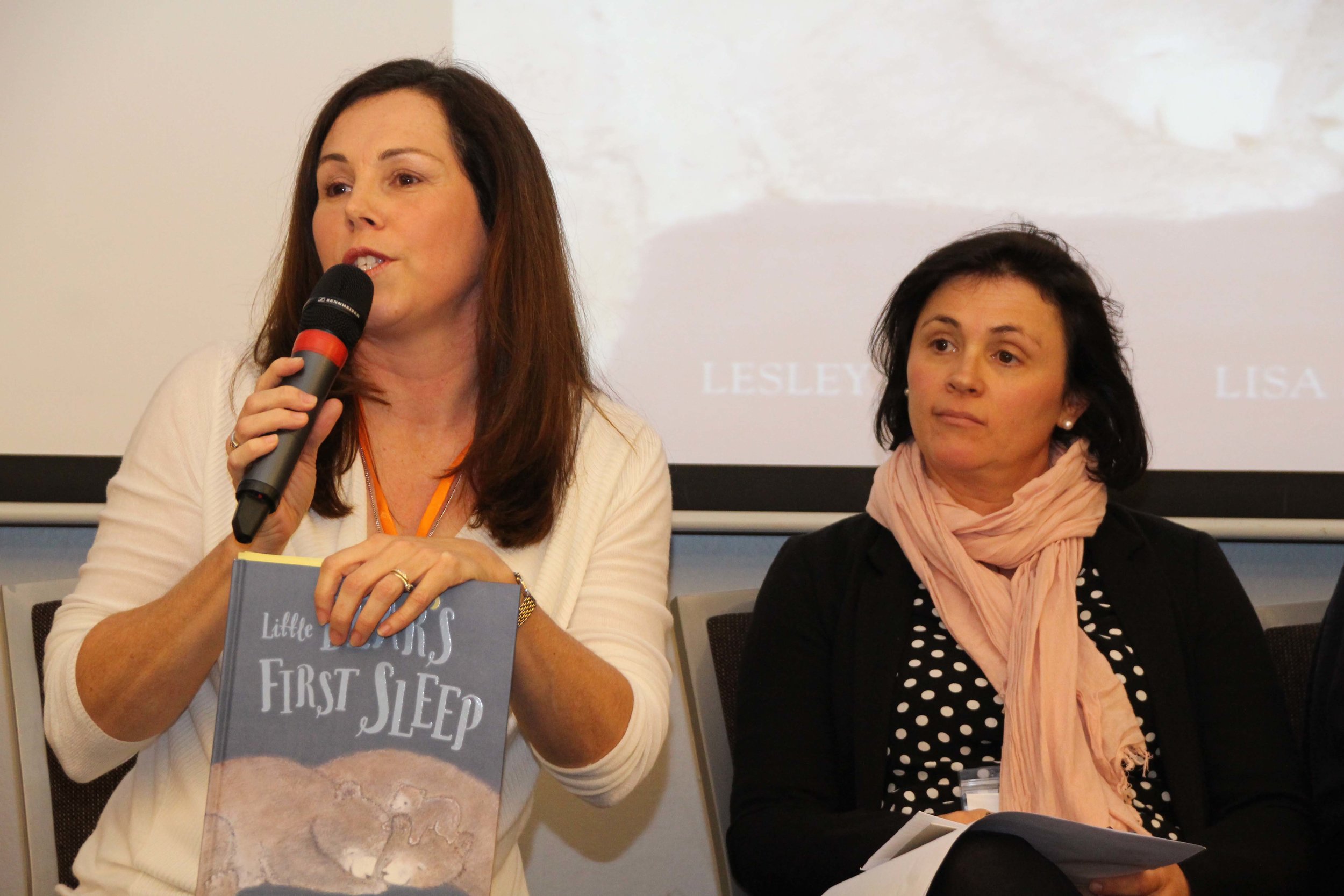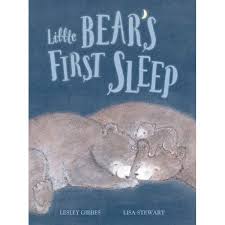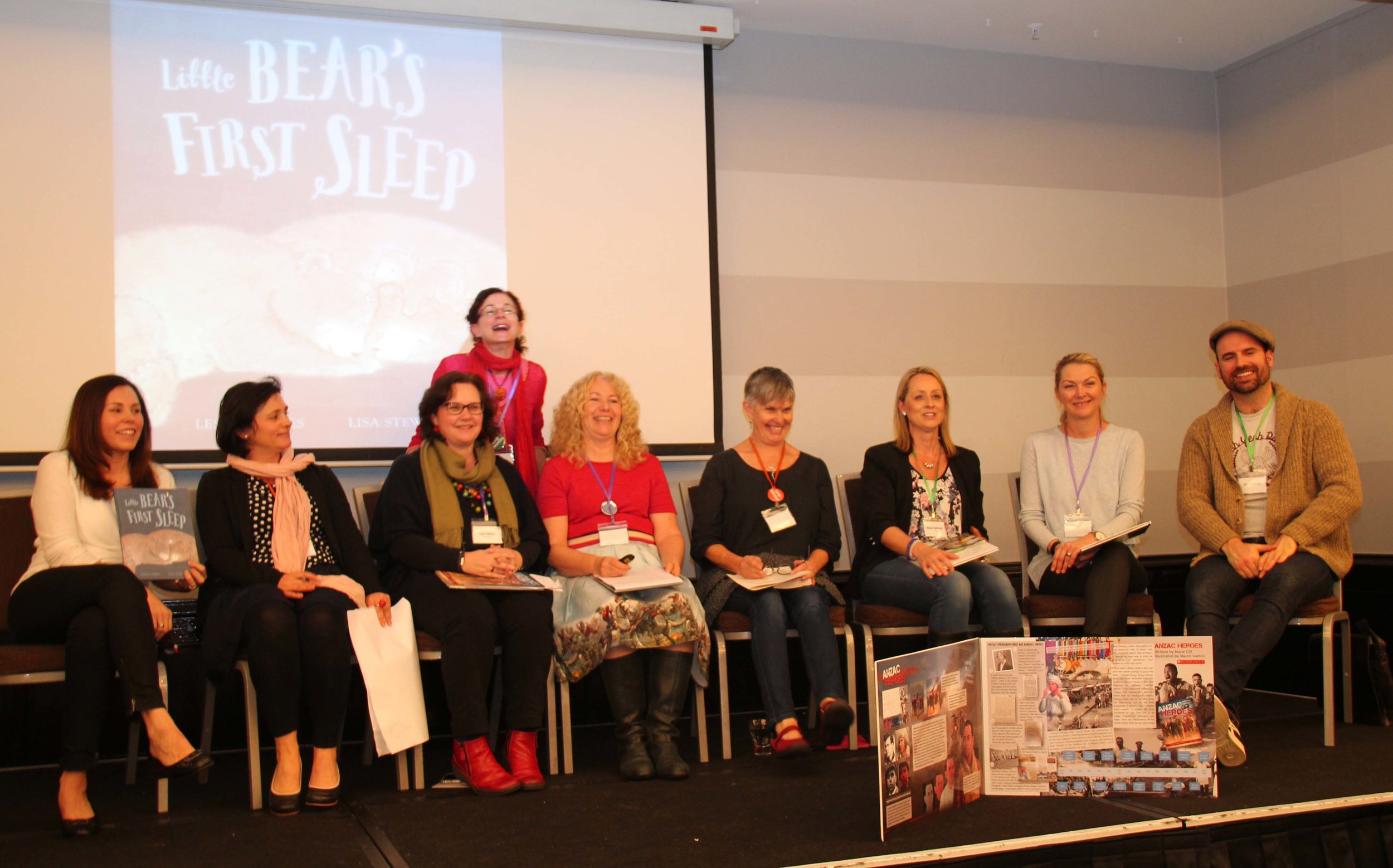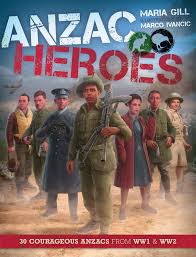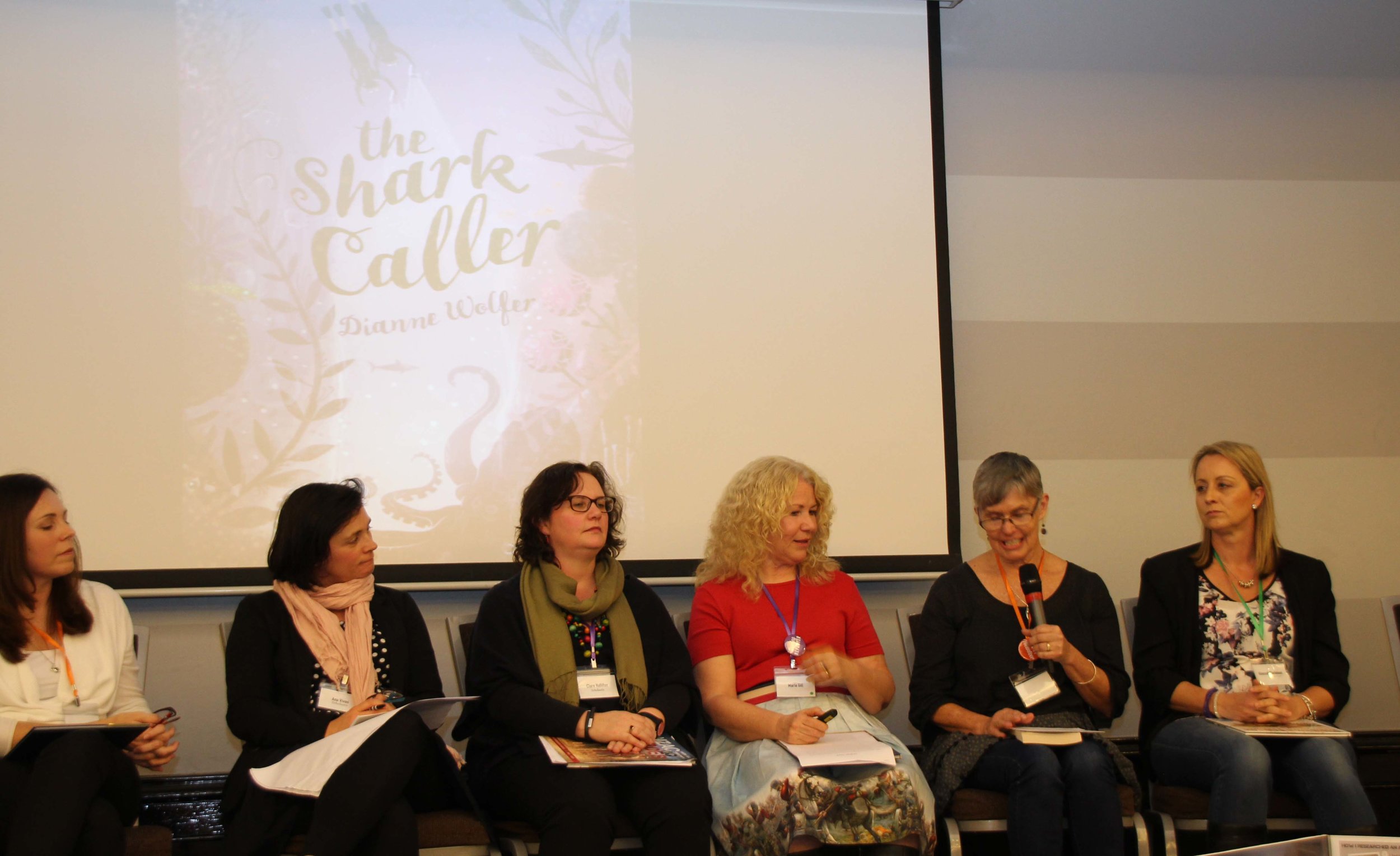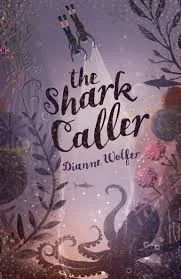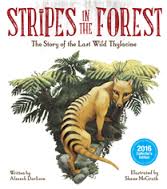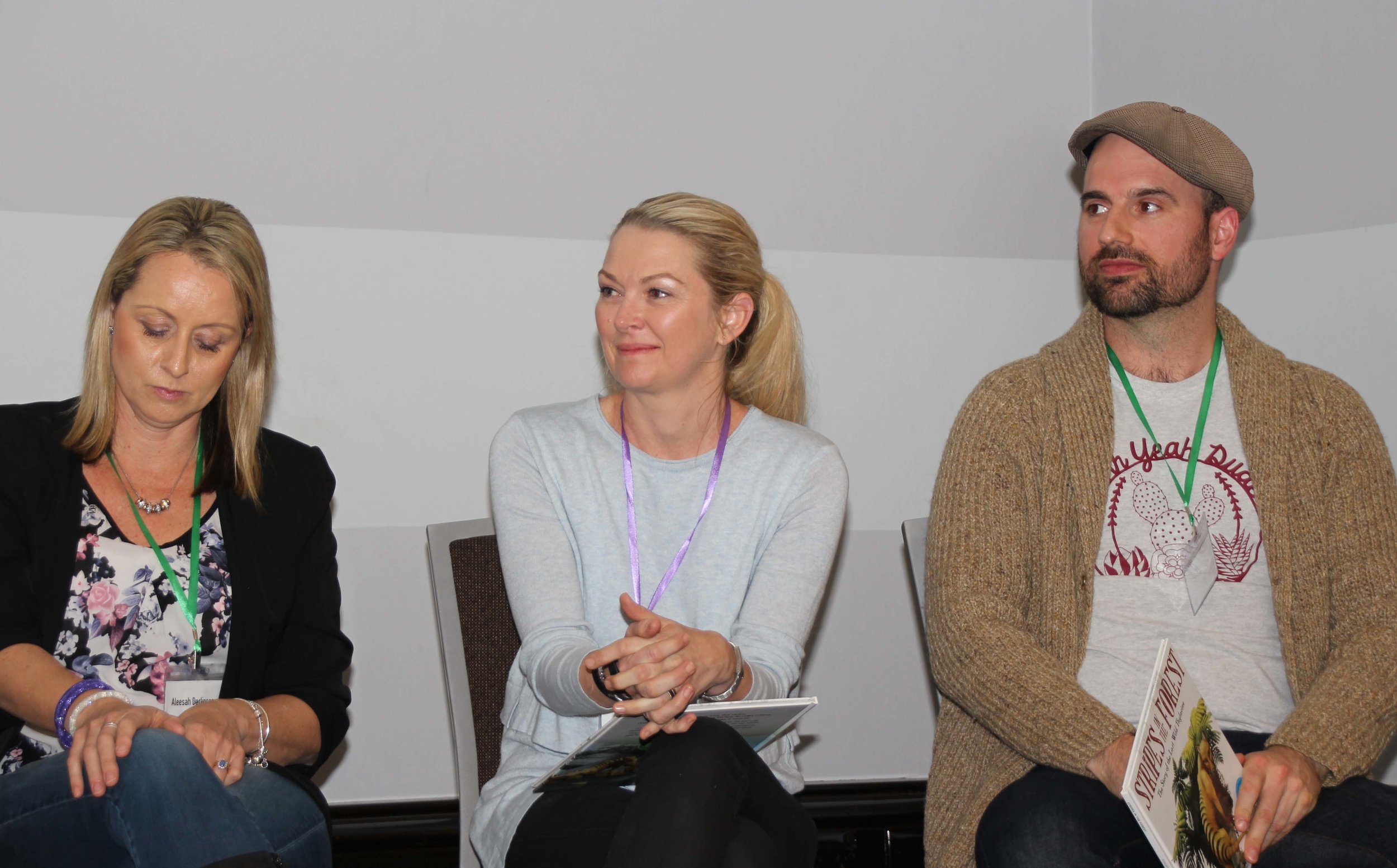A highly informative and entertaining expose of how to create your public image and turn yourself into an icon.
Chaired by the wonderful Margaret Hamilton. Here are her introductory points:
Branding is the deliberate and skillful creation of an marketable identity
It should:
- Create audience knowledge
- Create a unique identity
- Have passion
- Have consistency
- Be competitive – constantly strive to improve itself, need hard work
- Get exposure, with more tools than ever before available eg social media
- Have good leadership, whether as single individual or company
- How does your brand measure up?
Next speaker was Holly Frendo, Publicity Manager at Harper Collins. She’s only been in this role for 8 months. Not traditional publishing background – BA in Business/Communications and PR, with clients like Cadburys! But was always an avid reader – very excited to be in this new role. Her role: To create awareness and shift perception
She employs different techniques for different genres and author histories. These include:
- Author tours are incredibly successful – festivals, conferences, schools etc
- Book sellers, signings, meet and greets. Makes a big difference when sellers meet authors – promotes sales and brand recognition
- Press releases – features , reviews, interviews. Finding newsworthiness. (Susanne G. one of her faves in this regard. She got Susanne onto Today Extra for the recent Action Day Against Bullying.)
- Think outside of box – what does the book relate to?
- Social media - FB, Snapchat, Instagram – inspires brand love – DYI or get help if you find it challenging.
Photo attributed to Oliver Phommavanh
Next came Valerie Khoo, Director of Australian Writers Centre and co-creator of ‘So you want to be a writer?’ podcast. Her points:
Get over your hesitancy and cringe re building brand – the feeling that you ‘have tickets on yourself’. Don’t think of it as promoting yourself – it’s all about making a connection with your readers, or potential readers. Making genuine connections rather than promoting yourself.
You need to go all in, not half arsed! Embrace it all. Very easily done in not a lot of time. Open yourself up to it – reach potentially millions readers for free. Keep making connections after your initial publicity period. Pick the one or two social media channels you enjoy and can do yourself.
Can seem daunting, but follow a step by step formula. It actually works. One hour every weekend is enough to set your foundations.
'Show elements of your personality, not your personal life.'
Scheduled presenter Sandy Fussell was ill, so joint co-founder,Jodie Wells-Slowgrove from The Story Crowd kindly filled her place. Her points:
Let people see YOU and what makes you unique. Find your niche, and branding will take care of itself.
Created Writers Unleashed Festival, a space where authors and illustrators can make lasting connections. Book sales, signings and craft activities. Making it easy for new creators, and teachers and teacher librarians. Creators paid fairly but kept busy. Networking opportunities. They love to help book creators.
Next came Sophie Masson
‘Lots of hats’ ‘Too many balls in the air’ – writing, publishing and doing PHD, plus a lot of chairing! She’s written more than 60 books, including for adults.
She did a lot of reading before she was published, did articles, stories in School Magazine. She also interviewed people whose work she admired. All quite instinctive.
She started her publishing company Christmas Press 3 years ago – all her years’ of writing experience, networks etc came together. They’ve had fantastic support and encouragement. Small, but they do things properly, Can only afford tiny advances. Trust so important in their operations – dealing with authors fairly. Quality paramount. They have big publisher quality. Distinctive niche. All 3 directors interested in fairy tales and legends. They hold their nerve, even if one book doesn’t do well. This applies to both creators and publishers
Then came Belinda Bolliger, Managing editor of Australian Standing Orders
Iconic brand. She reiterated Margaret’s points for branding success.
She makes the selections from publisher submissions every month. Audience is schools – time poor and understaffed. Helps them with expert literature selection. Teacher notes are supplied.
- Consistency – chooses style and quality of book suitable for CBCA awards.
- Uniqueness – 95% of books are Australian. This is their difference to their competitors.
- Small team – very approachable.
- They source books that are difficult to access – their brand is competitive and personable.
- Very good at picking CBCA shortlist
- Passion – Belinda’s worked for 25 yrs in the industry
- Company owned by Scholastic with its over 45 yrs experience
Margaret Hamilton then spoke about Pinerolo Cottage, herchildren’s book cottage in Blackheath where she runs picture book courses among other things; promoting illustrators primarily.
Her father taught her that ‘Everyone is as good as you but nobody is better’
She’s always made her presence felt and has worked extremely hard. (Once had a board meeting in hospital room!) She carried this philosophy through when she started her own company. Went to Bologna every year.
And finally she’s a published author! Never had the guts to send in a manuscript before. Margrete Lamond at Little Hare got back to her with a yes 5 mins later!!
B is For Bedtime has gone ballistic – 60000 copies in US. Second book to be launched in May.
Question time:
- Authors and illustrators should follow the same principles for branding . Great social media platform for illustrators is Instagram. Judith Rossell a great example of this. She never ‘sells’ as such – she simply makes great personality connections.
- Stylefile incredibly helpful to illustrators, and an honour to be selected.
- Lesley Vamos works Facebook really well.
- Character branding vs author branding – which one to pursue? Depends. For example, Liz Pichon presents as character Tom Gates rather than herself. Her character’s brand in other words.
- Sophie Masson did romantic fiction for YA under diff name – all the characters had social media presences – one had blog, one had YouTube etc. Extended the life of the characters. But you have to think about it carefully. Can be quite spooky!
- Belinda was asked whether she thinks about gender diversity, cultural diversity etc. Yes, she likes to support new authors and publishers as well. But limited by what’s being published that month. Books for boys and girls. Relies on publishers to have the right agenda.
Margaret – Kids’ books now 32% of sales as distinct from 25% a few years ago – they should have equal review space.
She mentioned her next course at Pinerolo this coming Saturday on creating kids’ books with Freya Blackwood – see website.
Phew – a very full session!!
Charlotte Calder Roving Reporter
#SCBWISyd






